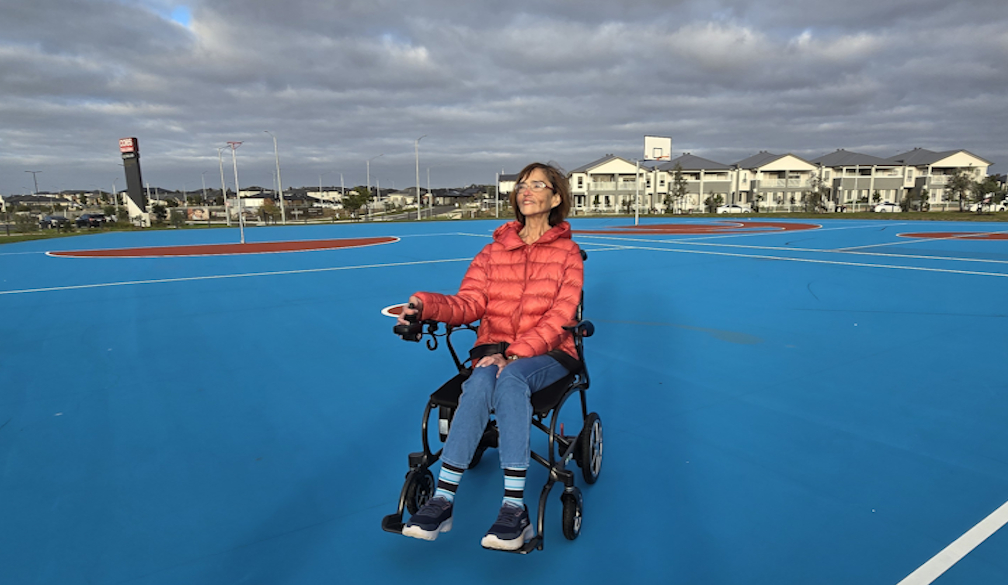What was missing in Australia's $1.9 billion infrastructure announcement
- Written by Virginia Barbour, Director, Australasian Open Access Strategy Group, Queensland University of Technology
When we think about infrastructure it’s most often about bridges or roads – or, as in this week’s federal government AU$1.9 billion National Research Infrastructure announcement, big science projects. These are large assets that can be seen and applied in a tangible way.
It’s not hard to get excited over money that will support imaging of the Earth, or the Atlas of Living Australia.
But important as these projects are, there’s a whole set of infrastructure that rarely gets mentioned or noticed: “soft” infrastructure. These are the services, policies or practices that keep academic research working and, now, open.
Soft infrastructure was not featured in this week’s announcement linked to budget 2018.
Read more: Budget 2018: when scientists make their case effectively, politicians listen
Ignored infrastructure
An absence of attention paid to soft infrastructure isn’t just the case in Australia, it’s true globally. This is despite the fact that such infrastructure is core to running the hard infrastructure projects.
For example, the Open SSL software library – which is key to the security of most websites – has just a handful of paid individuals who work on it. It’s supported by fragile finances. That’s a pretty frightening thought. (There’s another issue in that researchers doing this work get no academic credit for their efforts, but that’s a topic for another time.)
There are other high profile, globally used, open science infrastructures that also exist hand to mouth. The Directory of Open Access journals which began at Lund University relies entirely on voluntary donations from supporting members and on occasional sponsorship.
Similarly, Sherpa Romeo – the open database of publishers’ policies on copyright and self-archiving – came out of projects at Nottingham and Loughborough Universities in the UK.
In some ways these projects’ high visibility is part of their problem. It’s assumed that they are already funded, so no-one takes responsibility for funding them themselves – the dilemma of collective action.
Read more: Not just available, but also useful: we must keep pushing to improve open access to research
Supporting open science
Other even more nebulous types of soft infrastructure include the development and oversight of standards that support open science. One example of this is the need to ensure that the metadata (the essential descriptors that tell you for example where a sample that’s collected for research came from and when, or how it relates to a wider research project or publication) are consistent. Without consistency of metadata, searching for research, making it openly available or linking it together is much less efficient, if not impossible.
Of course there are practices in place at individual institutions as well as national organisations. The soon-to-be-combined organisations -Australian National Data Service, the National eResearch Collaboration Tools and Resources project and Research Data Services (ANDS-Nectar-RDS) - are supported by national infrastructure funding. These provide support for data-heavy research (including for example the adoption of FAIR - Findable, Accessible, Interoperable and Reusable standards for data).
But without coherent national funding and coordination, specifically for open science initiatives, we won’t get full value from the physical infrastructure just funded.
Read more: How the insights of the Large Hadron Collider are being made open to everyone
What we need
What’s needed now? First, a specific recognition of the need for cash to support this open, soft infrastructure. There are a couple of models for this.
In an article last year it was suggested that libraries (but this could equally be funders – public or philanthropic) should be committing around 2.5% of their budget to support open initiatives. There are some international initiatives that are developing specific funding models - SCOSS for Open Science Services and NumFocus for software.
But funding on its own is not enough: we need a coordinated national approach to open scholarship – making research available for all to access through structures and tools that are themselves open and not proprietary.
Though there are groups that are actively pushing forward initiatives on open scholarship in Australia – such as the Australasian Open Access Strategy Group, the Council of Australian University Librarians, and the Learned Academies as well as the ARC and NHMRC who have open access policies - there is no one organisation with the responsibility to drive change across the sector. The end result is inadequate key infrastructure - for example, for interoperability between research output repositories.
We also need coherent policy. The government recognised a need for national and states policies on open access in its response to the 2016 Productivity Commission Inquiry on Intellectual Property, but as yet no policy has appeared.
Read more: Universities spend millions on accessing results of publicly funded research
It’s reasonable to ask whether in the absence of a national body that’s responsible for developing and implementing an overall approach, what the success of a policy on its own would be. Again, there are international models that could be used.
Sweden has a Government Directive on Open Access, and a National Body for Coordinating Open Access chaired by the Vice-chancellor of Stockholm University.
The Netherlands has a National Plan for Open Science with wide engagement, supported by the Ministry of Education, Culture and Science. In that country, the Secretary of State, Sander Dekker, has been a key champion.
The EU has had a long commitment to open science, underscored recently by the appointment of a high-level envoy with specific responsibility for open science, Robert-Jan Smits.
Private interests might take over
Here’s the bottom line: national coordinated support for the soft infrastructure that supports open science (and thus the big tangible infrastructure projects announced) is not just a “nice to have”.
One way or another, this soft infrastructure will get built and adopted. If it’s not done in the national interest, for-profit companies will step into the vacuum.
We risk replicating the same issues we have now in academic publishing - which is in the hands of multi-billion dollar companies that report to their shareholders, not the public. It’s clear how well that is turning out – publishers and universities globally are in stand offs over the cost of publishing services, which continue to rise inexorably, year on year.
Read more: Publisher pushback puts open access in peril
Authors: Virginia Barbour, Director, Australasian Open Access Strategy Group, Queensland University of Technology



















